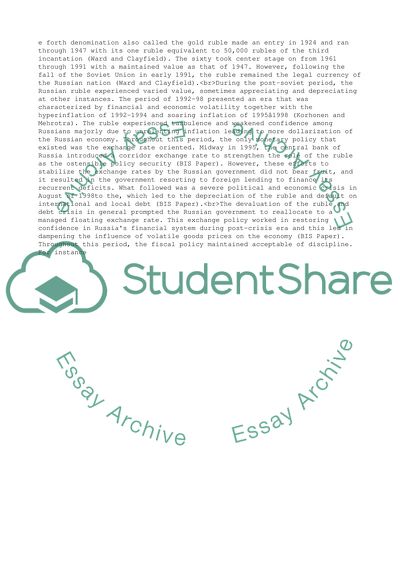Cite this document
(The influence of the Russian Ruble on the Russian economy Essay, n.d.)
The influence of the Russian Ruble on the Russian economy Essay. https://studentshare.org/macro-microeconomics/1847280-the-influence-of-the-russian-ruble-on-the-russian-economy
The influence of the Russian Ruble on the Russian economy Essay. https://studentshare.org/macro-microeconomics/1847280-the-influence-of-the-russian-ruble-on-the-russian-economy
(The Influence of the Russian Ruble on the Russian Economy Essay)
The Influence of the Russian Ruble on the Russian Economy Essay. https://studentshare.org/macro-microeconomics/1847280-the-influence-of-the-russian-ruble-on-the-russian-economy.
The Influence of the Russian Ruble on the Russian Economy Essay. https://studentshare.org/macro-microeconomics/1847280-the-influence-of-the-russian-ruble-on-the-russian-economy.
“The Influence of the Russian Ruble on the Russian Economy Essay”. https://studentshare.org/macro-microeconomics/1847280-the-influence-of-the-russian-ruble-on-the-russian-economy.


